Somersault of the Earth in space and the cutest creatures of the Cambrian (23 photos)
The entire history of the Earth can be called a series of terrible cataclysms. Typically, global catastrophes led to mass extinctions of some life forms that had inhabited the planet for a long time. This happened during the Permian, Cretaceous-Paleogene, etc. extinctions. 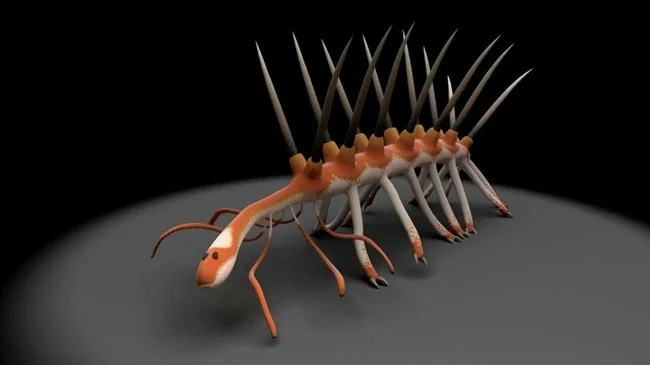
However, global disasters did not always lead to extinctions and a significant decrease in biodiversity on the planet. For example, in the Cambrian period, events of a grandiose scale, breaking tectonic plates, did not lead to extinction, but, on the contrary, to the beginning of the development of a huge number of species of completely unimaginable life forms. 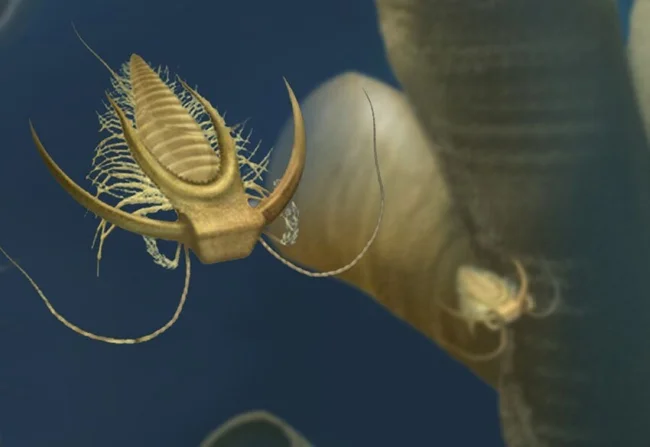
Marella
Somersault of the Earth: the most unusual hypothesis for the causes of the Cambrian Explosion
Scientists still don’t know exactly why the Cambrian explosion occurred. But in this regard, there is one interesting hypothesis related to the revolution of the Earth. Even some serious scientists today agree that this can happen once every 50 million years. According to rumors, even Einstein believed in the possible somersaults of the planet.
Shortly before the Cambrian period, Rodinia, a giant supercontinent, broke up on Earth. 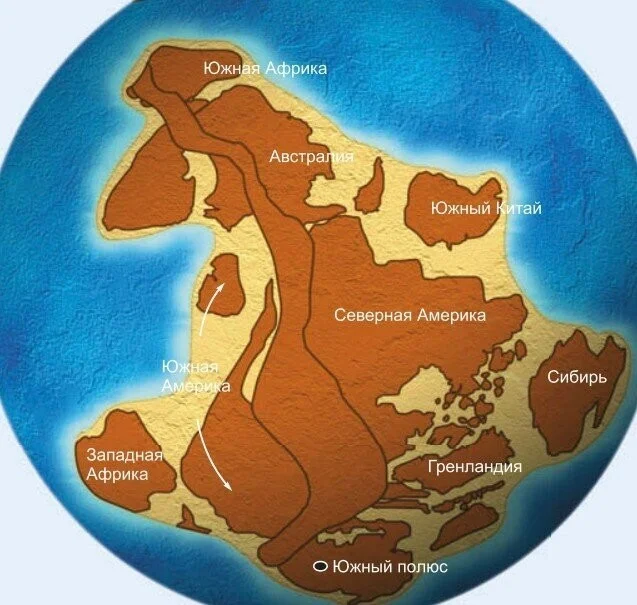
Rodinia - Land topsy-turvy
Huge pieces of land subsequently began to regroup, trying to unite into the next continent - Gondwana. 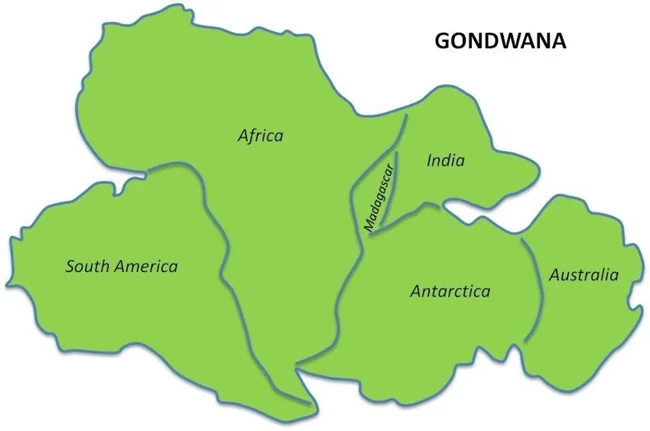
Gondwana
As the degree of unification increased, the balance of land mass on Earth also changed greatly. Ultimately, the new supercontinent made the planet unstable - Gondwana was located not along the equator, the central part of the Earth, but in the Northern Hemisphere.
The sliding of Gondwanna through the liquid mantle in turn caused the Earth to tumble, invert, and then stabilize. Its position remained the same in terms of angle of inclination. 
During all these cataclysms on the planet, ocean currents changed greatly, creating small areas that were excellent for the development of life. The best conditions for biological superdiversity have arisen on Earth.
Whether there was a somersault or not is unknown. But in any case, in the Cambrian, in terms of biodesign, nature really tried.
Extinction of soft ones
Before the Cambrian, the planet was inhabited by sedentary, same-sex soft creatures that were not distinguished by complex behavior.
In the Cambrian, the rudiments of future vertebrate life appeared. Earthly creatures began to acquire shells, chitinous exoskeletons, and chords. 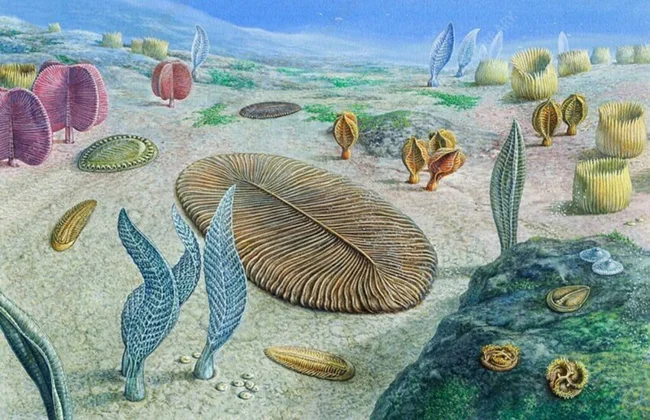
Precambrian
This was a real breakthrough for the planet’s biosphere. After all, it was in the Cambrian that the base of the main types of living beings that inhabit our planet today appeared. These are, for example, arthropods and chordates, that is, spiders, fish, amphibians, mammals, including humans, birds, etc.
550-560 million years ago, many groups of living beings developed all sorts of adaptations necessary to prevail in different econiches, previously free or relatively free. The soft predecessors of the Cambrians were doomed to extinction.
The most unusual inhabitants of the Cambrian: hallucigenia
The Cambrian hallucigenia was first described by scientists in 1911. The length of this creature could reach from 5 mm to 5 cm. Its mouth and throat were covered with needle-shaped teeth and worked like a piston, drawing food deep into the esophagus. Scientists have not yet been able to find out what hallucigenia ate. 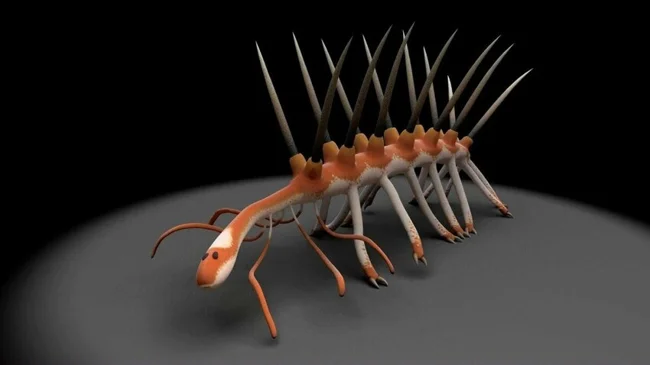
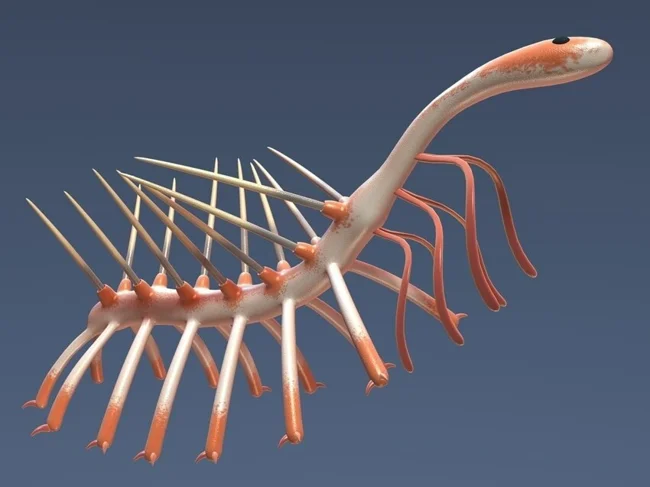
The creature had 7-8 pairs of legs with thin claws. There was a hard spike above each limb. Traces of hallucigenia's intestines have also been found in the fossils. But its internal structure has not yet been officially described. 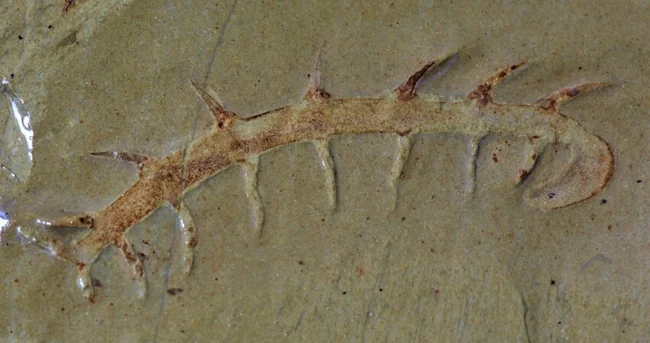
Hallucigenia fossil
Cambrian shrimp anomalocaris
Anomalocaris is an arthropod that lived in the seas and used flexible blades for swimming. This creature is considered one of the largest inhabitants of the planet during the Cambrian period. The length of its body reached 40 cm. The creature was first described in 1892. 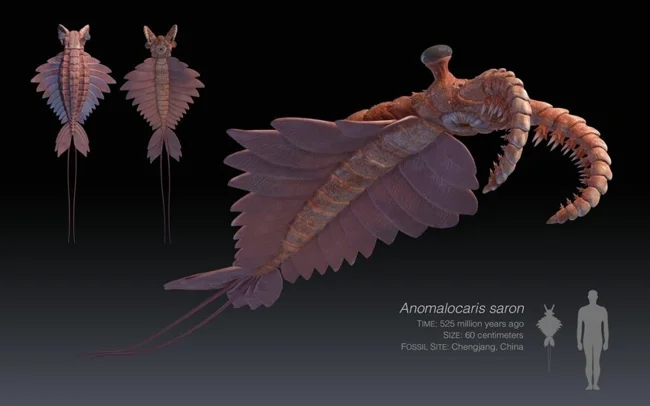
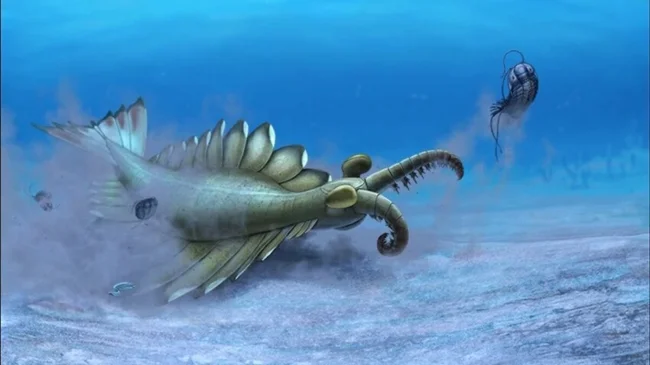
Anomalocaris
The creature had 6 compound eyes and a fan-shaped tail. The eyes of Acnomacaris may have had the most perfect structure on the planet.
They were 30 times more effective than the eyes of trilobites. Anomalocaris had at least 11 pairs of lobes. The creature's mouth had teeth. The mouth could close, but there was always a small gap left. The shrimp's shells were oval in shape. 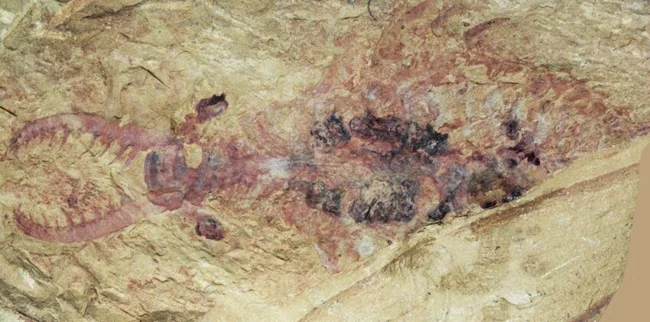
Anomalocaris fossil
Cambrian predator Saccoritus coronaris
Saccoritus coronaris was classified by scientists as a group of Cambrian predators. Previously it was believed that the creature was smooth. 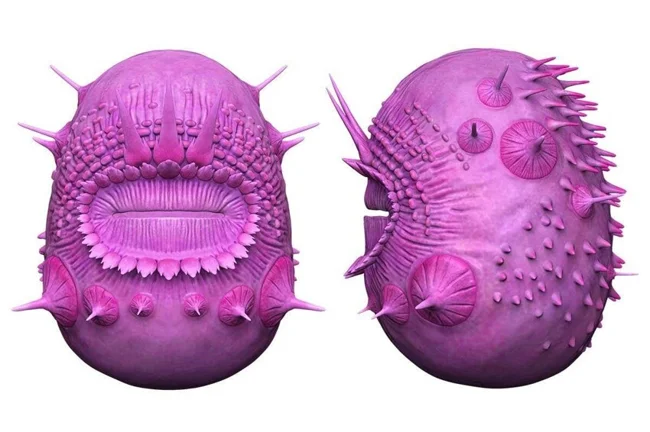
However, modern scientists have found that Coronaris was covered with spines and had teeth. He lived in the Lower Cambrian, in the soil and had tiny dimensions from 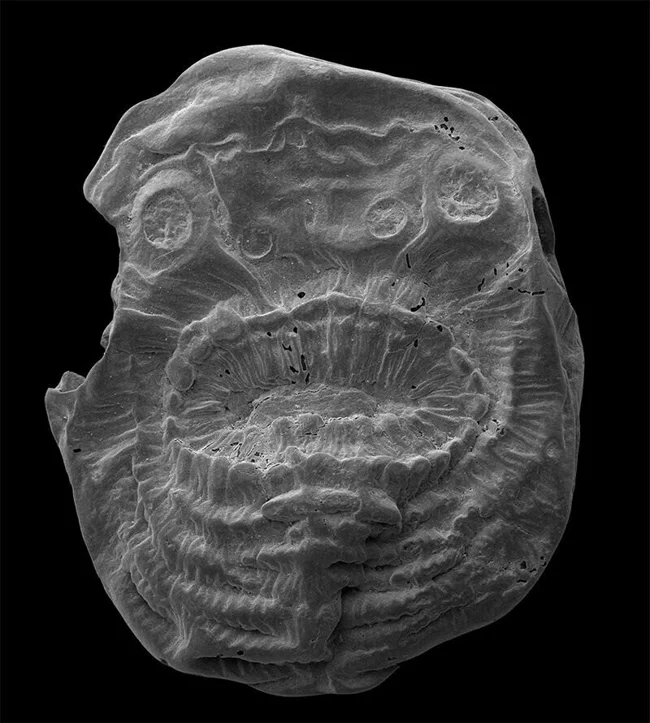
Saccoritus fossil
Ovatiovermis
Ovatiovermis is a fossil marine Cambrian lobopod. Its prints were first found in 1994. The creature reached a length of 3 cm. 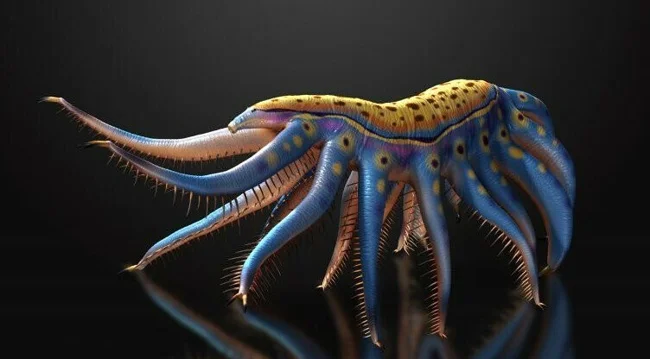
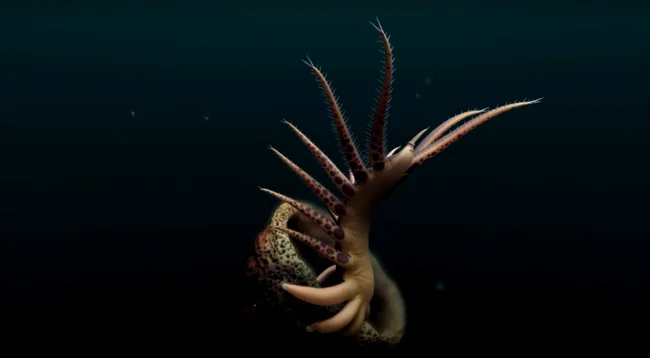
Ovatiovermis
He had 9 pairs of limbs. At the same time, the front ones were longer than the others. With these legs, Oateovermis captured organic matter, small creatures and other food from the water by clapping. The creature had no shell.
Marella
This Cambrian arthropod was described in 1912. The front part of the lace crustacean Marella was covered with a shield. The body consisted of 24-26 segments with two-branched limbs. 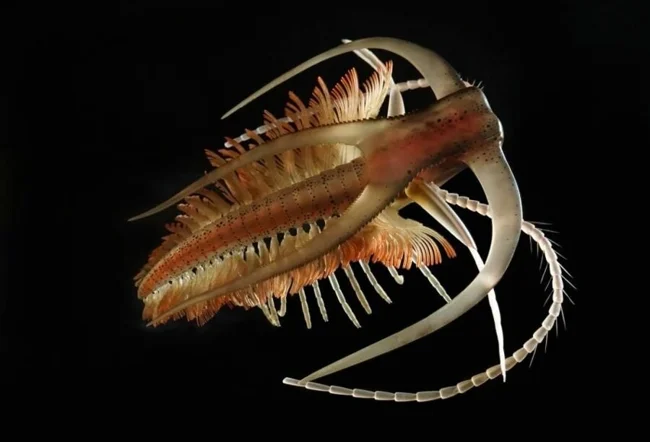
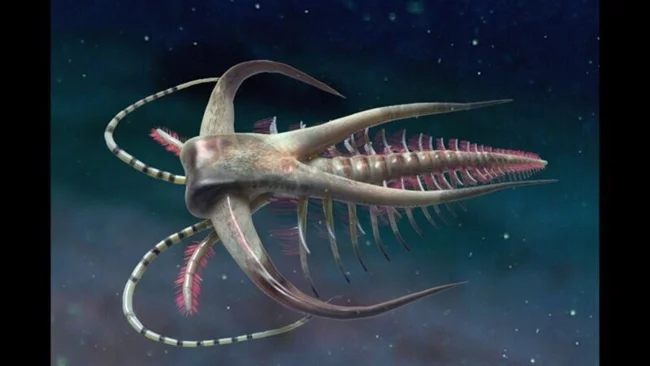
Marella
Scientists discovered a pattern on the specimens they found. This means that the creature had a colorful coloring. Marella was a little Cambrian. Its dimensions were 2.5-19 mm. 
Marella fossil
Little porcupine vivaxia
The dimensions of the vivaxia could vary between 3 mm and 5 cm. The spines served the creature for protection. In addition to the spikes, the armor consisted of 8 rows of ribbed armor plates. 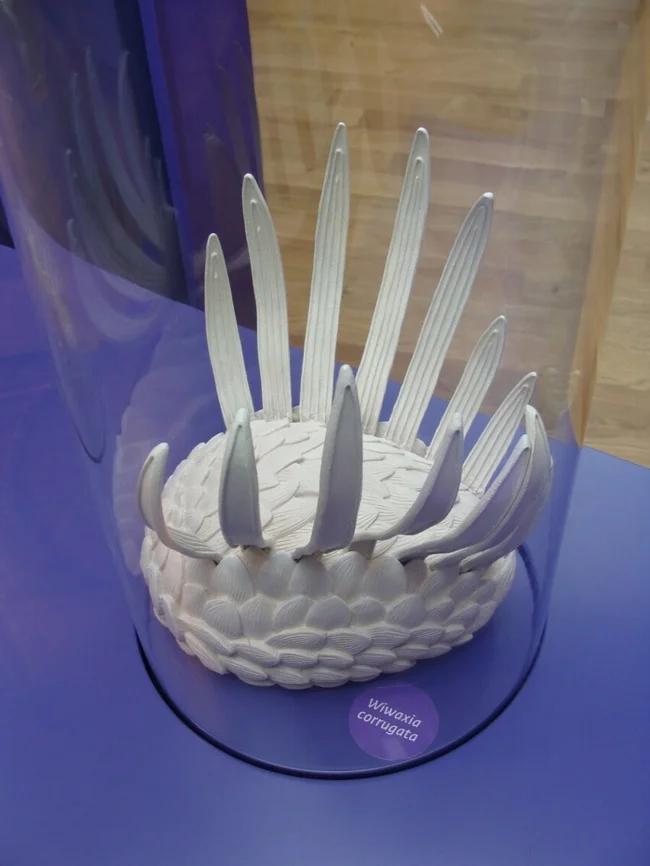
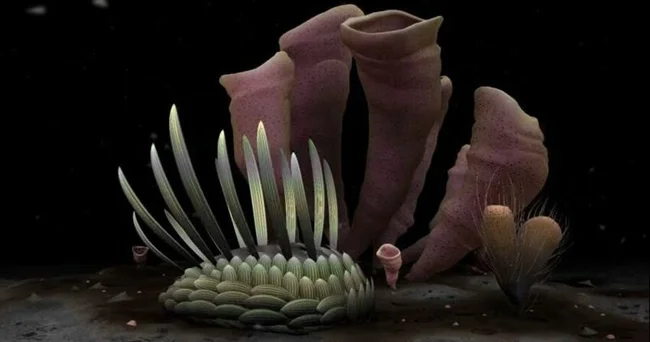

Most vivaxia were oval in shape. But crescent-shaped fossils have also been found. Vivaxia spines could reach a length of 5 cm. 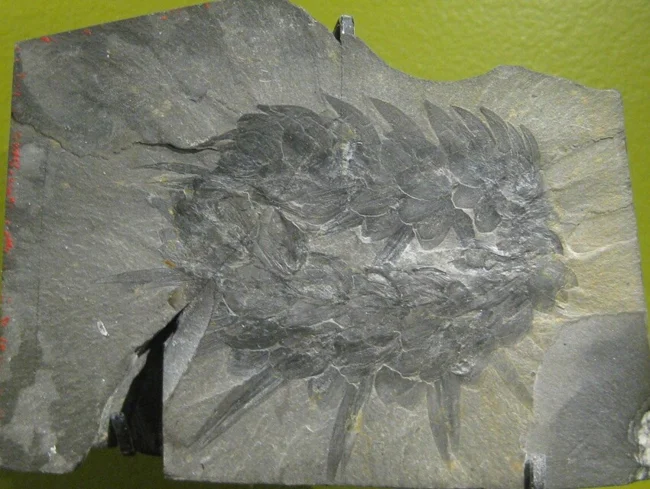
Vivaxia fossil
